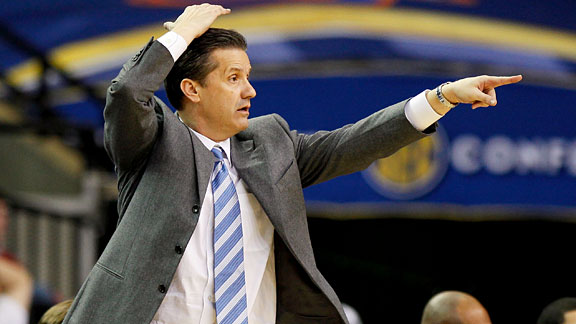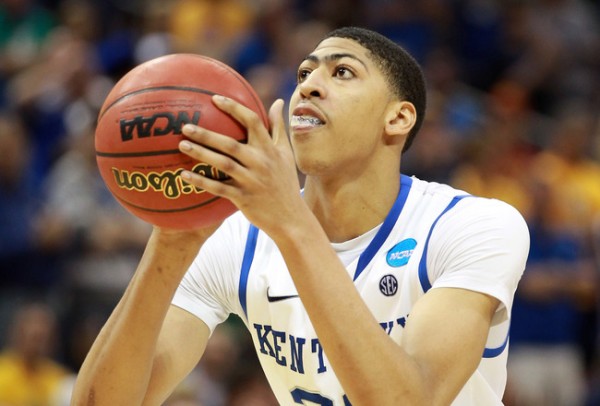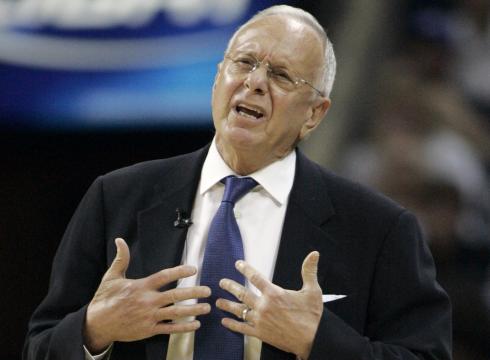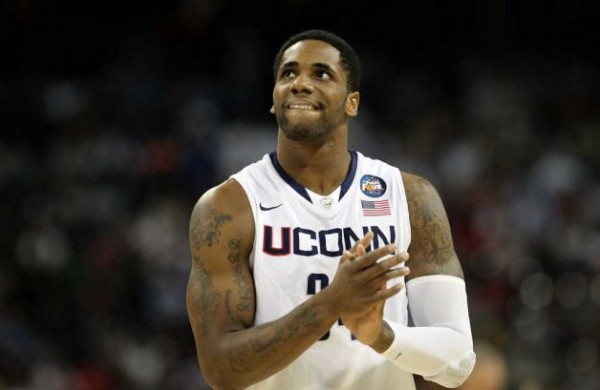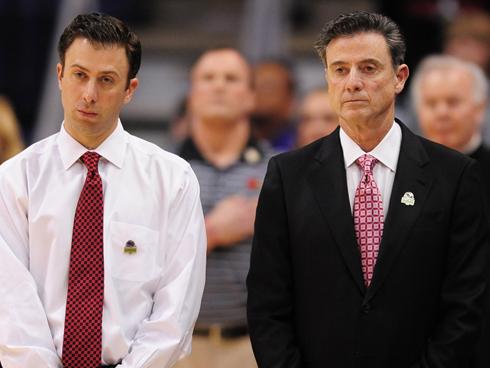Handicapping Next Season’s Best Big Ten/ACC Challenge Matchups
Posted by EJacoby on May 15th, 2012Evan Jacoby is a regular contributor for RTC. You can find him @evanjacoby on Twitter.
With the announcement of the ACC/Big Ten Challenge schedule for next season, fans now have some important dates to circle on their calendars. The 14th annual competition between power conference heavyweights will take place on November 27 and 28 with all games televised on ESPN, ESPN2, and ESPNU. Eight of the teams in competition are currently slotted in the RTC preseason Top 25, and there are several enticing matchups between big-time teams. Given that it’s mid-May, it’s far too early to break down the individual strategic matchups, but we’ll give you the best games to look forward to, and why. The Big Ten has won three consecutive challenges after the ACC was victorious in the first 10. Here’s what the 2012 ACC/Big Ten Challenge presents us.
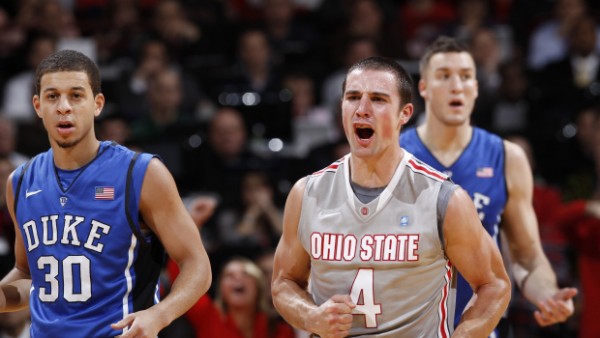
Last Season, Aaron Craft and Ohio State Punked Duke in the Big Ten/ACC Challenge (Getty Images/J. Robbins)
Prestige and Intrigue, North Carolina at Indiana (Nov. 27) – Two of the top five or six programs in college basketball history square off in the headline event of this challenge, and it’s going to be one of the biggest games of the non-conference season. North Carolina loses its four top players from last season, but don’t count out the Tar Heels next year. James Michael McAdoo returns along with a bevy of talented perimeter players in Reggie Bullock, Dexter Strickland, Marcus Paige, and Leslie McDonald. However, UNC has the task of playing in Bloomington against a Hoosiers squad that might be the top team in the country next season. With a lineup full of talented scorers and the experience of last season’s spotlight, Indiana will be a title contender and a strong favorite in this game. The battle between Cody Zeller and McAdoo inside is a matchup of perhaps the two most talented low post prospects in the country.
The Best of the Bunch, NC State at Michigan (Nov. 27) – While UNC at IU presents the greatest national intrigue, a game on the same night presents a better overall matchup. When NC State hits the floor at Michigan, we’ll be seeing two likely Top 10 teams meet with experienced talent. Lorenzo Brown against Trey Burke pits two of the nation’s best point guards going at it, with two different styles at the position. Tim Hardaway, Jr., and C.J. Leslie are each talented juniors for their respective teams that flirted with the NBA but are back to lead their contenders. Throw in strong recruiting classes for each squad and we’ve got a doozy. Lucky for the Big Ten, they once again have the home court advantage in this one.





























